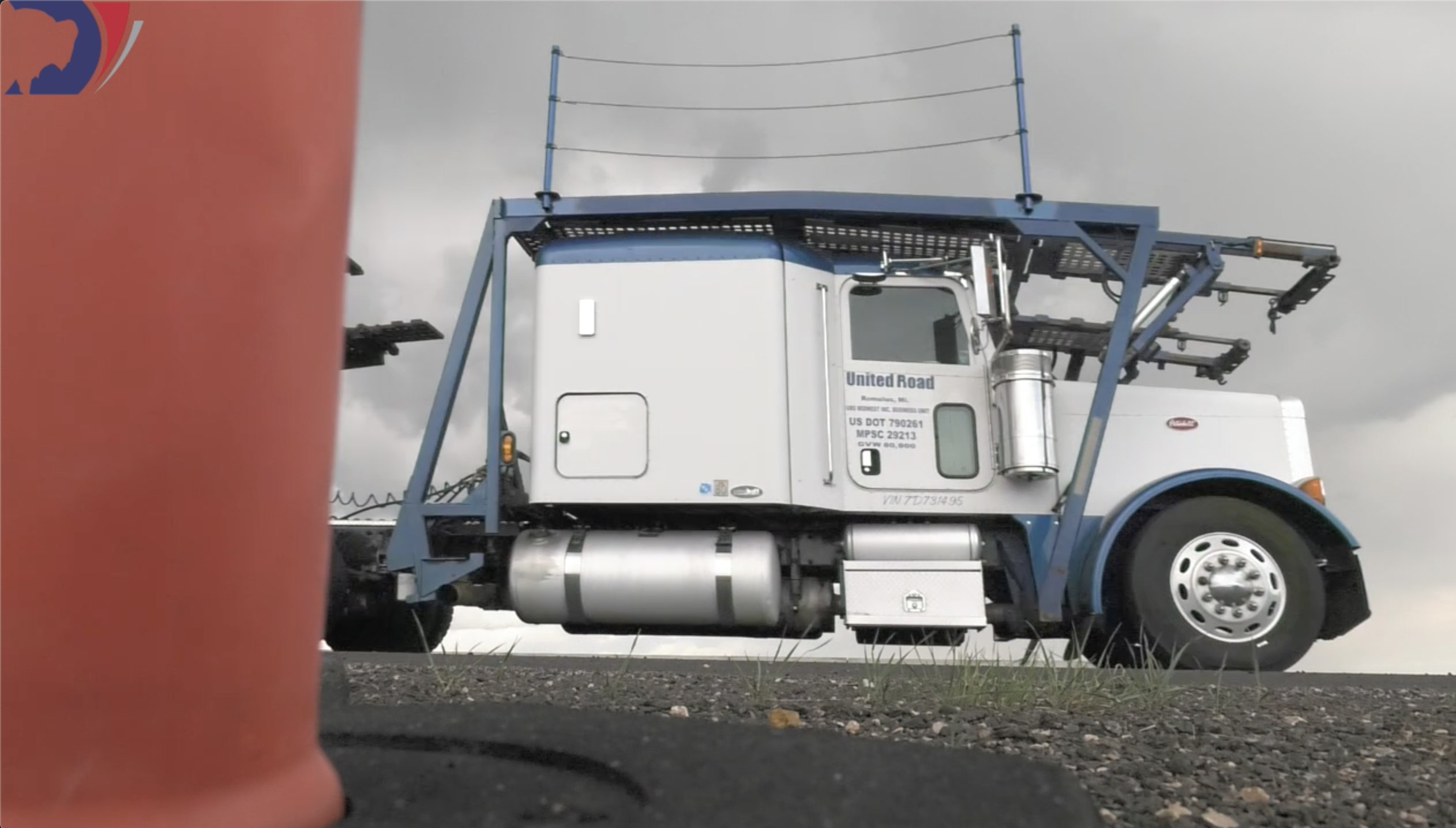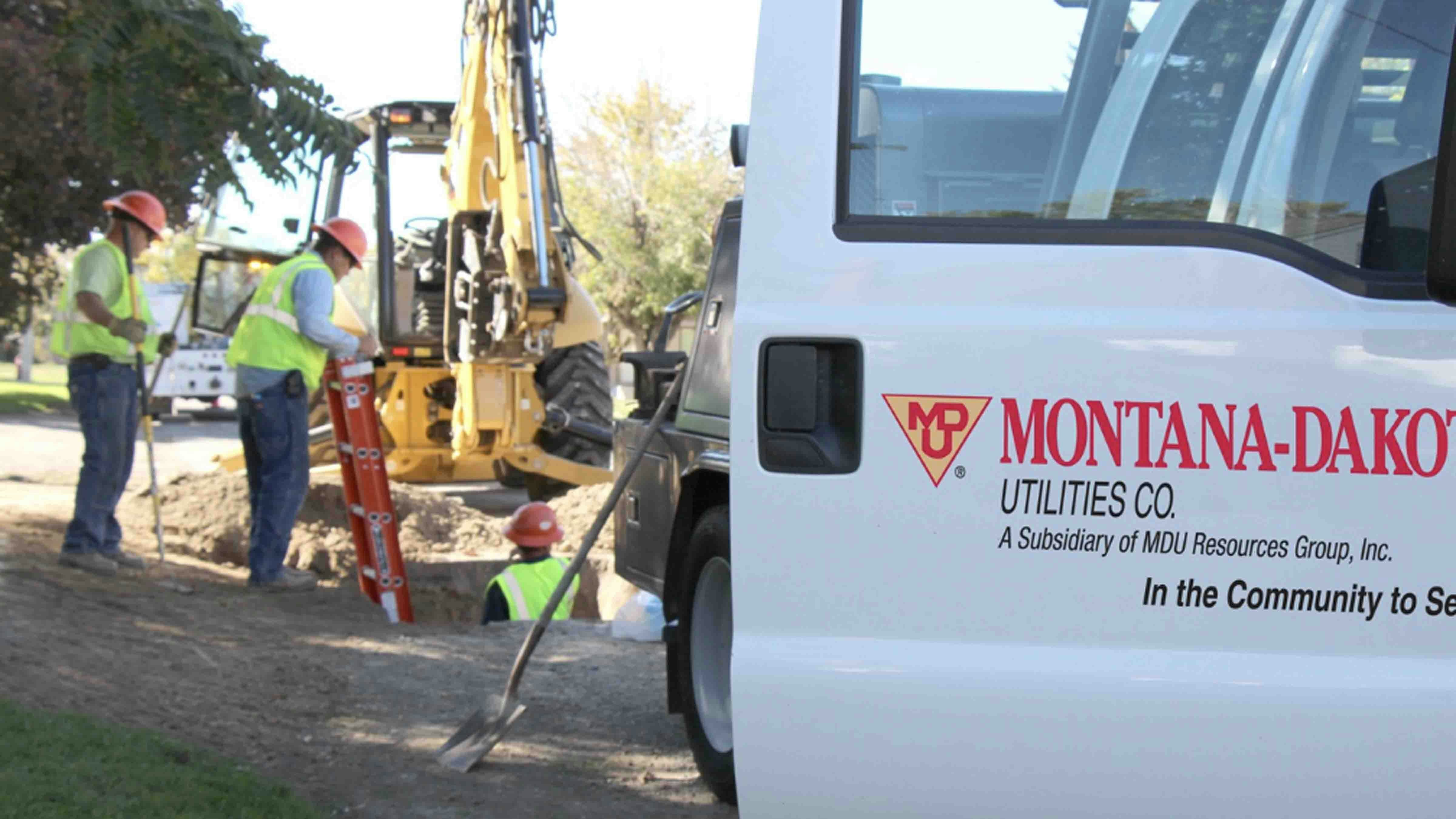Maintaining roads is costly business, but it’s made costlier by fluctuating oil prices and increased semi-truck traffic, a Wyoming Department of Transportation official said.
“The costliest factor in road maintenance is taking care of the surface over time,” WYDOT Director Luke Reiner said. “The biggest impact on a road surface is the vehicle traffic, specifically trucks.”
While estimates vary, Reiner said every source agrees semi-trucks are extremely hard on highways.
“In comparing the effect of a truck on a road to a car, I’ve heard a lot of numbers,” he explained. “The estimate range is anywhere from one truck equals 380 cars to one truck equals 4,000 cars.”
The difference between a semi-truck and a car is so stark, the American Association of Highway and Transportation Officials doesn’t even include non-truck traffic in its road damage projections, Reiner added.
With about 6,800 miles, measured by individual lanes, to maintain in Wyoming, weather conditions also account for a significant portion of the agency’s maintenance budget.
WYDOT Chief Engineer Shelby Carlson said of the $80 million the agency spends annually on road maintenance, about $27.7 million is spent solely on snow removal.
“That includes labor, sand, salt, chemicals — all of it,” Carlson explained.
In addition to making travel difficult, weather does a number on the road surfaces.
“The toughest time for us with Interstate 80 is in the spring,” Carlson said. “The frost is coming out of the ground. We’re getting a lot of rain. The heavy trucks are still going over it all, and our subgrade starts to get soft.”
At about 400 linear miles long and accounting for about 1,600 lane miles, I-80 is nearly one-quarter of all WYDOT’s highway miles.
Added together and averaged out, WYDOT spends about $11,800 per lane mile in maintenance. But, Carlson said if you break out I-80 and average its maintenance by mile, the agency spends about $29,800 per lane mile on I-80 alone, or nearly 60 percent of the agency’s maintenance budget.In recent years, those costs have gone up — in part, due to higher volumes of truck traffic.
“When we look at I-80, nearly 70 percent of all traffic is trucks,” Reiner said.
In a report submitted to Legislature, WYDOT found semi-truck traffic on I-80 increased by more than 150 percent during the last three decades.
Truckers pay significant usage fees through higher registration fees, opting into the International Fuel Tax Agreement or paying outright at the ports of entry. But even as Wyoming’s Transportation, Highway and Military Affairs Joint Committee considers a funding task force and I-80 toll road, some legislators worry it will be too little, too late.
Sen. Stephan Pappas, R-Cheyenne, said legislators could also consider a fuel tax hike next spring, but there are no guarantees it would cover the rising costs of highway maintenance into the future.
Related: Fuel taxes pale in light of future electric travel.
While more wheels means more damage over time, WYDOT Assistant Chief Engineer Mark Gillett said oil prices also play a role in rising maintenance costs.
“Generally, asphalt cement, for lack of a better term, the tar sticky stuff, is a byproduct of refineries,” Gillett said. “Its price varies just like your gasoline (prices) varies. We have to deal with the ups and downs of the petrol market.”
In fact, the price fluctuates so often, he said WYDOT instituted a pay factor into its maintenance contracts, allowing contractors to bid jobs at the current cost of oil.
“If the cost of asphalt cement goes up by the time they purchase it and place it, we pay that difference,” Gillett explained.
Throughout the years, refineries have improved their processing methods, making for cleaner outputs as well as reducing the quality of their byproducts.
“Put simply, our asphalt isn’t as good as it used to be,” Gillett said.
A new surface laid by WYDOT in 2019 is expected to last about 20 years, but Carlson said if the agency can’t fund regular repairs, that life expectancy could be cut short.
“At about year 15, the road starts to degrade pretty quickly,” she said. “Then, you have about a two-year window to catch it before it dips down into really poor condition.”
No matter how much maintenance is poured into a road, however, it will still need to be rebuilt at some point.
“That’s what’s coming at us right now,” Carlson said. “We’re about $135 million short a year — that’s department wide, all operations — of that about $72 million is pavement. That’s just to keep the roads in their current condition. So, we’re falling behind.”





